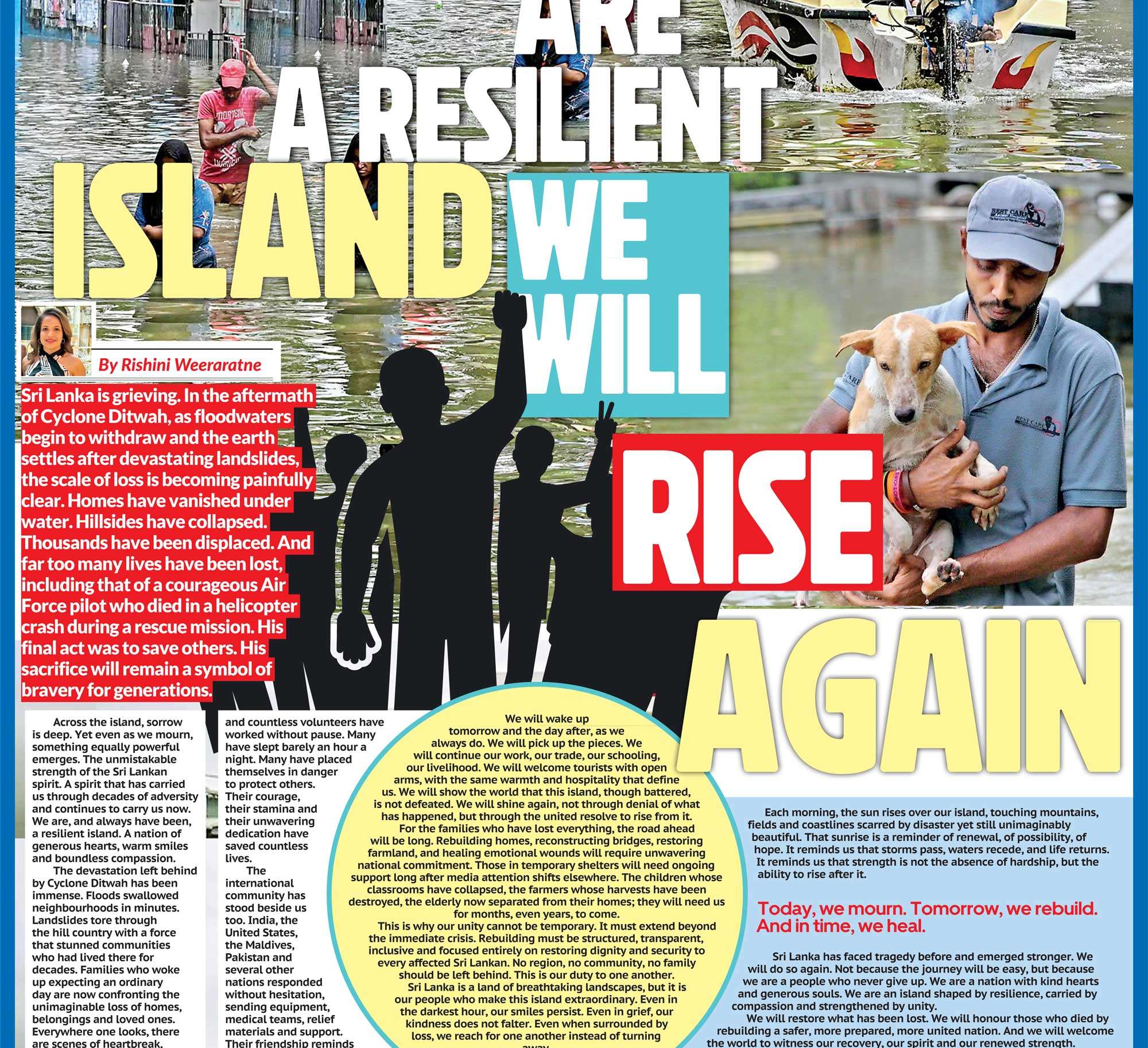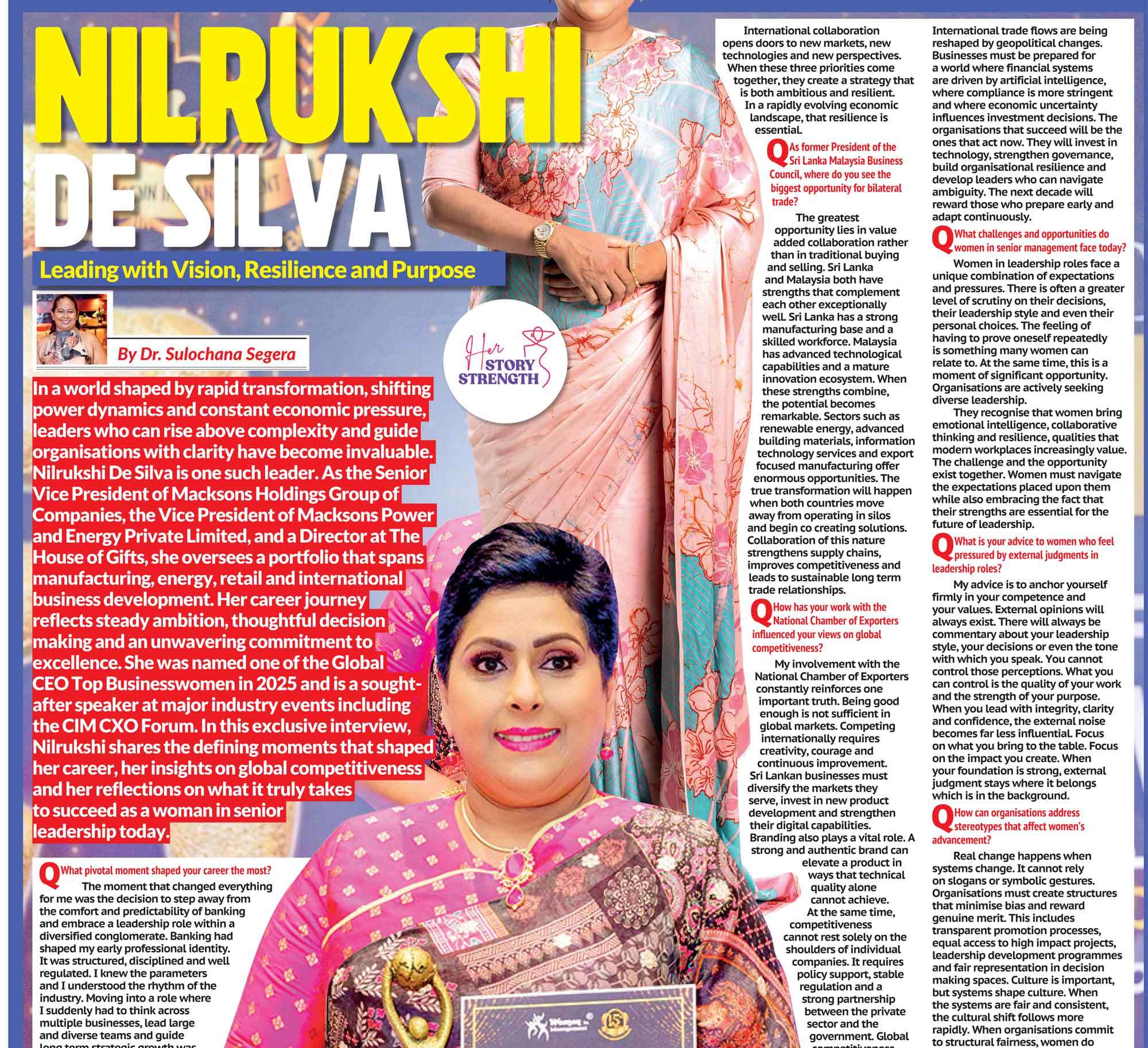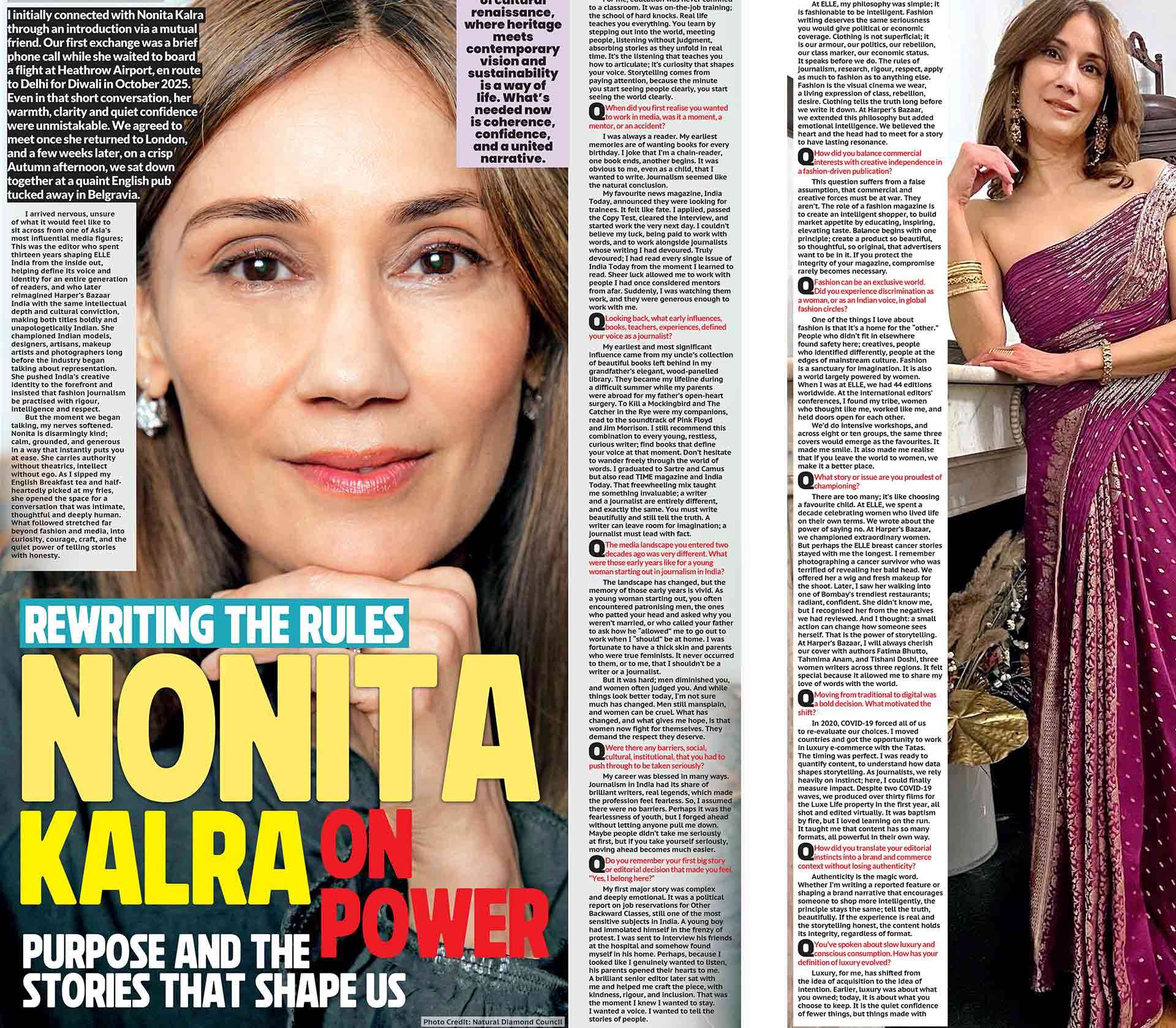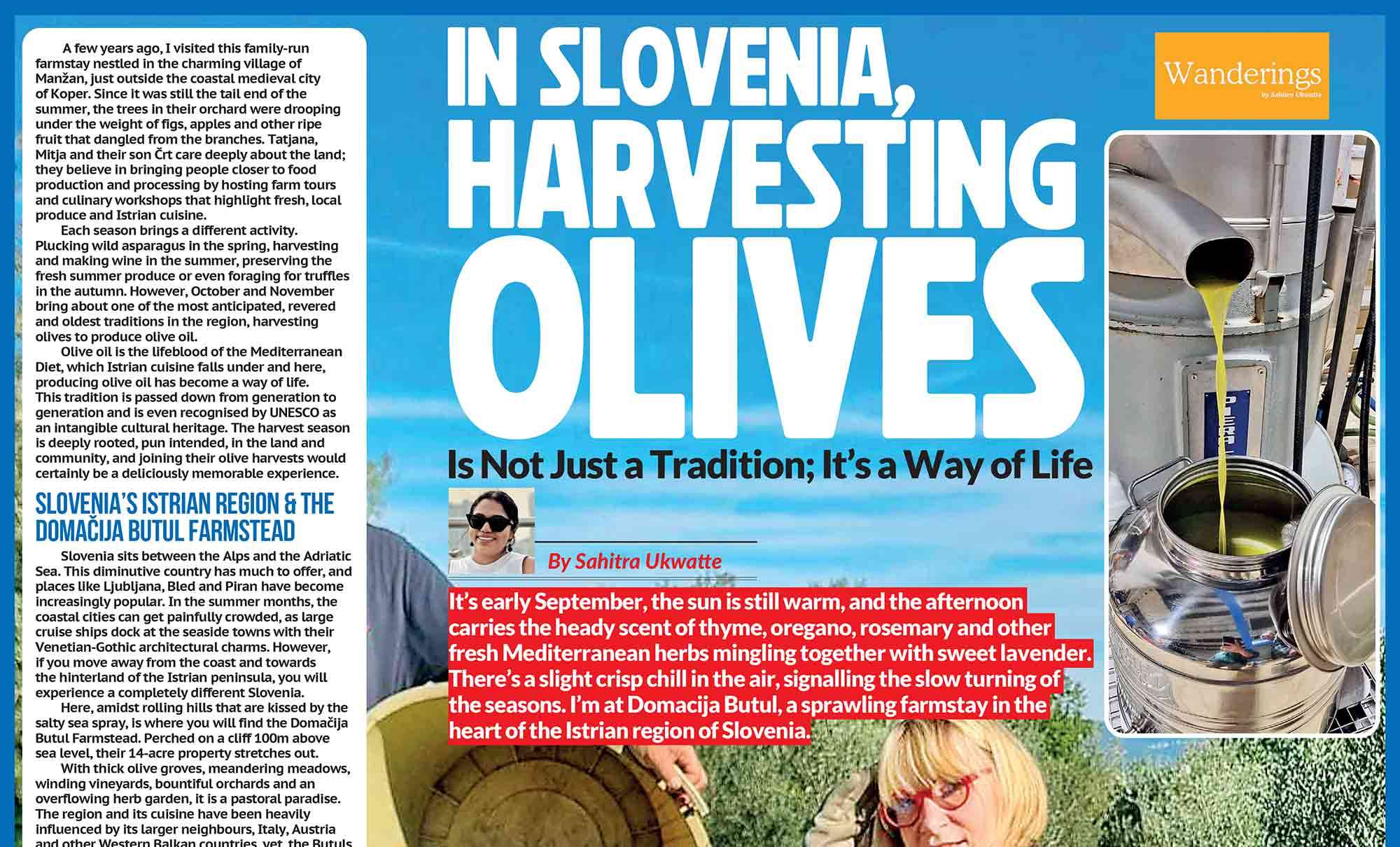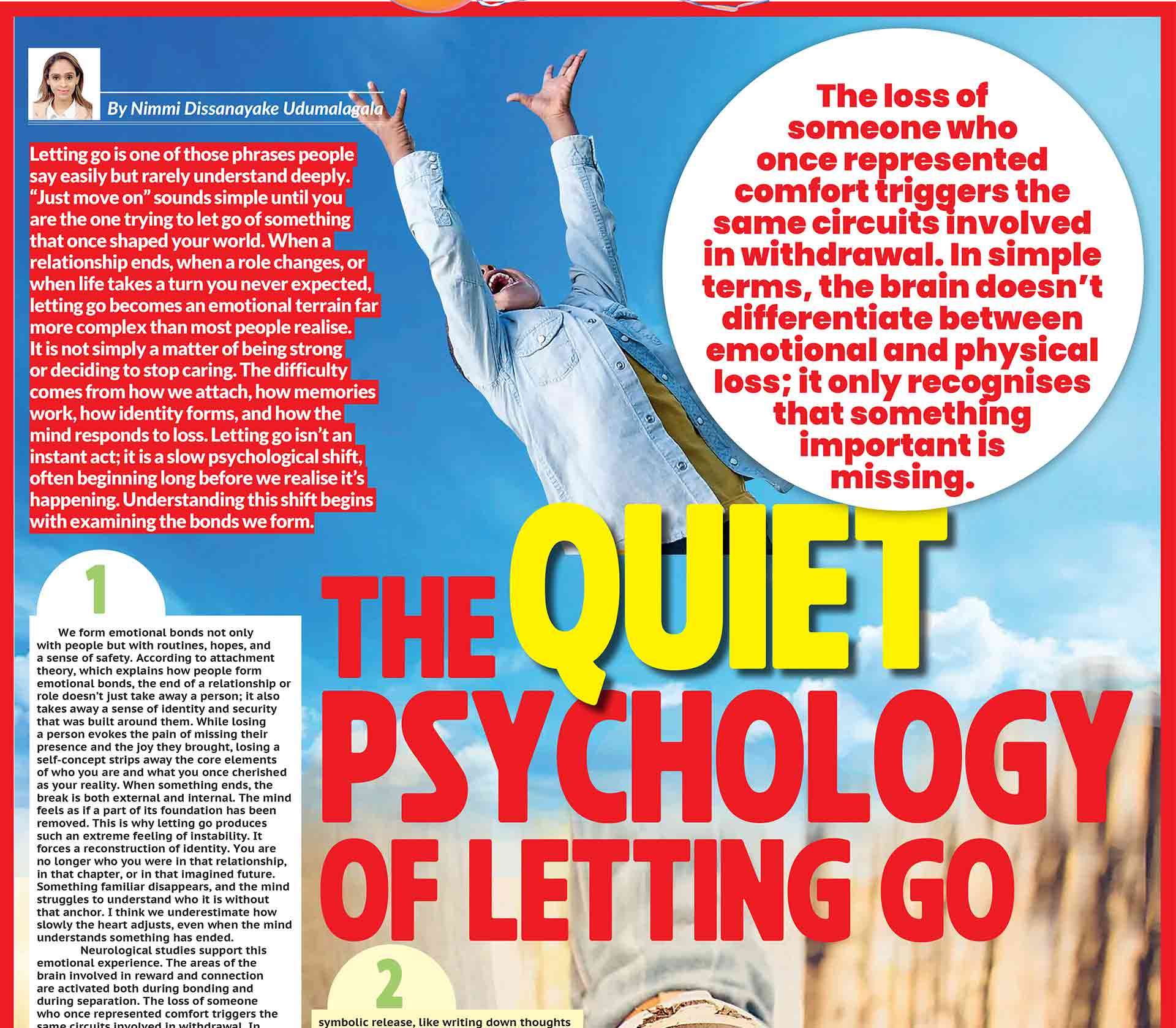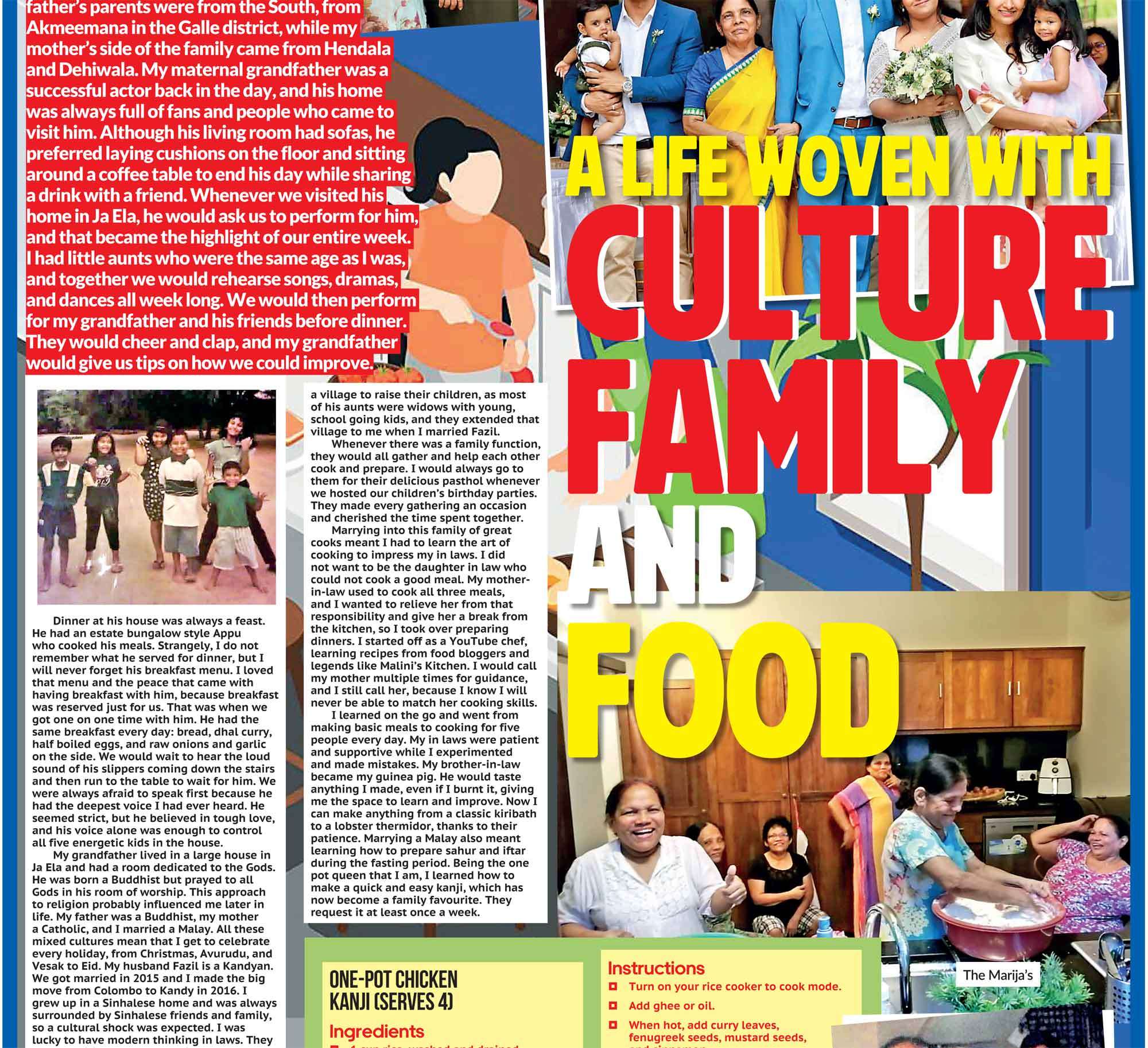
Every season, the runway dazzles us with newness. Silhouettes shift, colours rotate, hemlines rise and fall with the tides of trend. But behind the shimmer of sequins and the gloss of campaigns lies a reality that isn’t nearly as glamorous: waste. There’s nothing more unfashionable than waste. And yet, fashion keeps producing it in staggering volumes. We rarely see this side of the industry. While glossy magazines showcase the latest must-have, the discarded “last season” quietly makes its way into landfills. For all the artistry, creativity, and passion in fashion, its darker underbelly is one of excess, exploitation, and environmental damage.
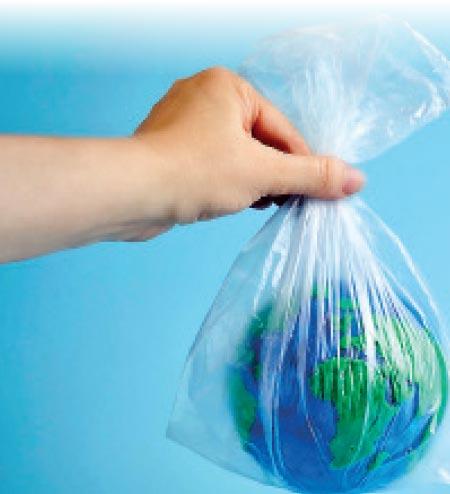 Let’s take a closer look at the numbers that rarely make it to the runway:
Let’s take a closer look at the numbers that rarely make it to the runway:
- 100 billion garments are produced globally every year.
- 57% of discarded clothes end up in landfills.
- 25% are incinerated, gone in smoke, adding to the air pollution crisis.
- 20% of industrial wastewater pollution comes from fashion alone.
- 60% of all clothing sold is made of synthetic fibres like polyester, which can take up to 800 times longer to decompose than natural fibres.
- It takes 2,700 litres of water to make just one cotton shirt.
- The industry is responsible for 10% of global greenhouse gas emissions, more than international aviation and shipping combined.
- And consumers? We now buy 60% more clothing than we did 20 years ago; but wear each item only half as long.
These aren’t just fashion statistics. They’re warnings. Alarming reminders that our closets are connected to climate change, water scarcity, and social inequities.
Beyond a Waste Problem
It’s easy to see waste as a garbage issue: clothes piling up in landfills, mountains of unsold stock, bargain bins filled with items nobody really needed. But waste in fashion is more than just overflowing trash. It is a climate issue. The energy-intensive production of polyester releases emissions that linger in our atmosphere for centuries. Cotton farming guzzles water and pesticides, degrading soil and poisoning rivers. It is a water issue. From dyeing fabrics that pollute local waterways to producing one cotton shirt that requires enough water for a single person’s drinking needs for two and a half years, fashion is among the thirstiest of industries. It is an ethics issue. Waste isn’t only fabric; it’s also the wasted potential of human lives. Garment workers, often underpaid and overworked, are producing clothing that may never even be worn.
Unsold stock is burned by luxury brands to protect “brand value.” Imagine sewing, stitching, embroidering, only for the fruits of your labour to be reduced to ashes. Fashion waste isn’t just about what we throw away. It’s about everything we consume without thinking.
The Psychology of Waste
The truth is, fashion’s waste problem isn’t just industry-driven. It’s consumer fueled. Somewhere along the way, fashion shifted from self-expression to overconsumption. We’re enticed by 500 rupees T-shirts, seasonal sales, and “haul culture.” Social media tells us that an outfit “worn once” is already outdated. And the algorithms encourage us to scroll, click, buy, repeat. Our behaviour reflects the larger narrative: fashion has become disposable. And that mindset trickles into how we value not just clothing, but also time, work, and even the planet. Growing up, in my own family, clothing was never disposable. Fabrics were rewoven, garments were passed down, and repairs were acts of care, not shame. Maybe the solution to today’s waste problem lies not just in new technology or stricter regulations, but also in rediscovering those values.
Making Fashion Smarter
Here’s the thing: sustainability is often sold to us as another trend. “Eco-friendly” lines, “green” collections, recycled labels - it all looks good on a marketing campaign. But sustainability is not a trend. It’s a responsibility. And that responsibility doesn’t lie only with brands or policymakers. It lies with us too, the wearers, the consumers, the storytellers of clothes.
Here are a few ways to start making fashion smarter, not just newer:
Rethink what you buy
Before you hit the checkout, ask: “Do I really need this? Will I wear it at least 30 times? Does it align with my values?” If the answer is no, maybe the most sustainable purchase is no purchase at all.
Restyle what you already own
Creativity doesn’t always mean new clothes. It can mean new ways of wearing old favourites; mix, layer, accessorise, or alter. Your wardrobe is probably more versatile than you think.
Support sustainable brands
Not all brands are created equal. Some are genuinely working with artisans, using natural fibres, reducing waste, and creating products that last. Seek them out. Support them. Tell their stories.
Reduce synthetic dependency
Polyester and nylon dominate because they’re cheap and versatile. But their environmental cost is staggering. Choose natural fibres where possible. If you must buy synthetics, look for recycled alternatives.
Re-wear without shame
The stigma of outfit-repeating is one of the most harmful cultural myths in fashion. In reality, the chicest statement you can make today is re-wearing with pride. Clothes are meant to be lived in, not just Instagrammed.
From Awareness to Action
Awareness is the first step. But awareness without action is another form of waste. The true test is in the choices we make daily:
- Choosing to repair a rip instead of tossing a shirt.
- Hosting a clothes swap instead of a shopping spree.
- Valuing craftsmanship over mass production.
- Teaching children that their clothes have histories, not just price tags.
Small actions matter. A single decision may not stop climate change, but multiplied across millions of people, they can reshape an industry. The responsibility also lies at higher levels. Governments must regulate overproduction, enforce transparency, and incentivise circular systems. Brands must stop greenwashing and start committing to measurable change. The media must spotlight accountability, not just aesthetics. But waiting for others is not enough. As consumers, we are part of the ecosystem. The choices we make are powerful. Every purchase is a vote for the future we want.
A New Fashion Ethic
What would fashion look like if it truly embraced responsibility? If waste was not a by-product but a design flaw to be eliminated? If brands measured success not by sales volume but by durability and impact? Fashion, at its best, is creativity, identity, artistry. It has the power to tell stories, preserve cultures, and connect generations. Waste has no place in that narrative. So, the next time you stand in front of your closet, or scroll through an online store, pause. Think beyond the seams. Consider not just how the garment looks, but how it lives, and how long. Because fashion is more than fabric. It’s a reflection of who we are and the future we are shaping. And in that future, nothing is more unfashionable than waste. What has been YOUR experience with fashion waste? I’d love to hear your thoughts, stories, or questions. Write to me, share your experience, or tag me if you’re building a more mindful wardrobe, one choice at a time.



